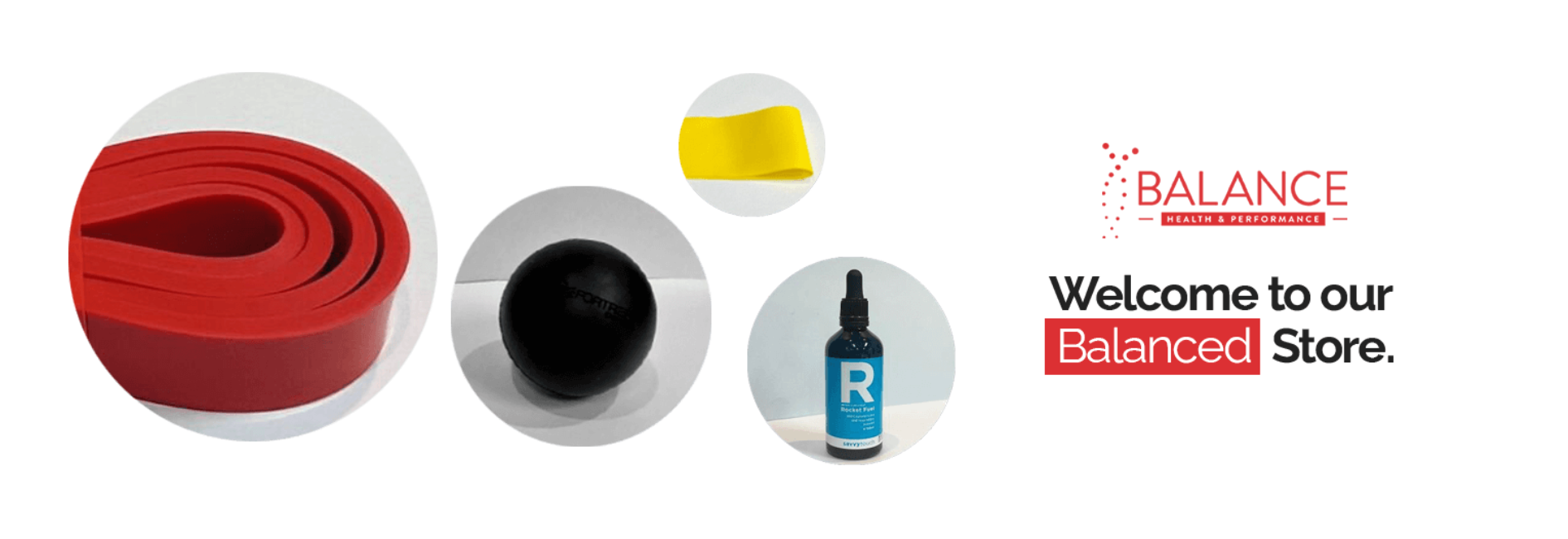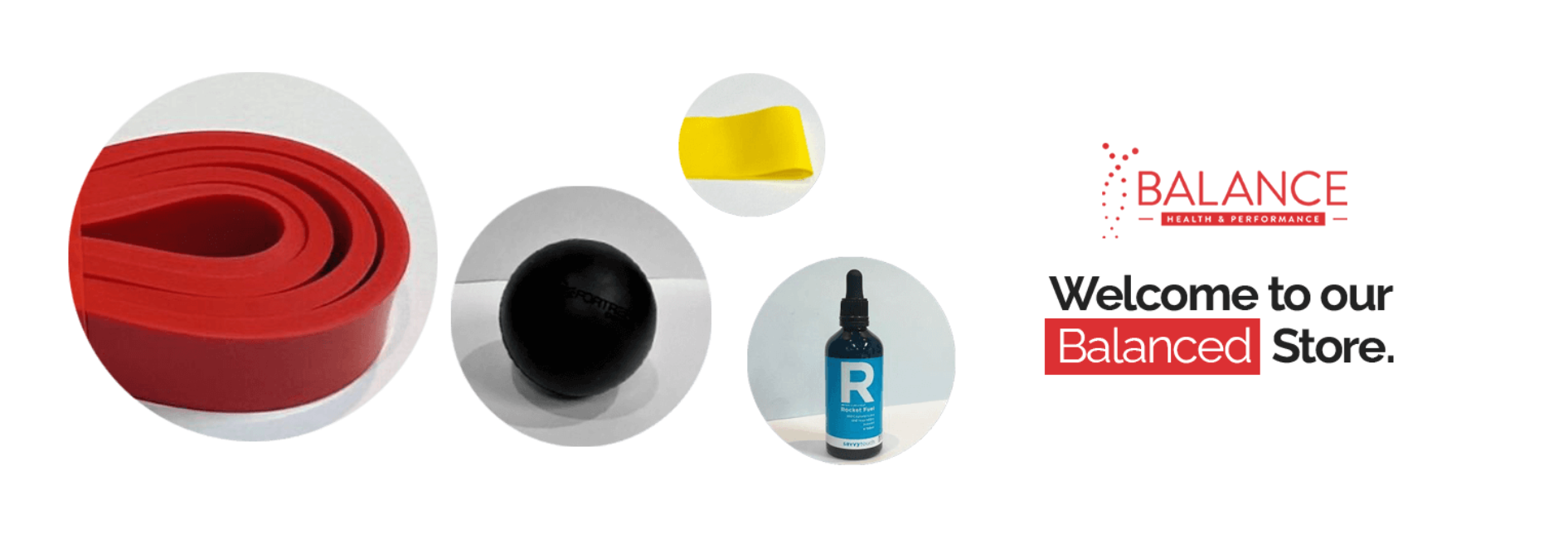We’ve been asked hundreds of times, “when can I get back to training?”
Our understanding of post-partum women’s health has emerged and grown at an exponential rate in the last 5 years, so not only have we become more aware of the importance of the topic, but we have also enhanced ways of assessing the post-partum pelvis and have a clearer understanding of the risks and benefits of when and how to get back into training.
Bringing a new life into the world is an incredible journey that demands strength, both physically and mentally. As someone who has recently welcomed a precious addition to your family, you're already a superhero. Now, as you contemplate returning to the gym after giving birth, know that you're embarking on another remarkable chapter—one that's all about rediscovering your own strength, grace, and balance.
The Transition: From Motherhood to Me-Time
Meet Christine — a smart, organized, and busy mom who's ready to feel like herself again. Like you, Christine has embarked on the adventure of motherhood, and she's ready to reintegrate self-care into her routine. It's natural to feel a mix of excitement and apprehension about returning to the gym. The process of reclaiming your pre-pregnancy fitness level while navigating your new responsibilities as a mother requires patience, dedication, and a personalized approach.
Taking the First Step: Gradual Reintroduction
The key to a successful transition back to the gym is gradual reintroduction. Just as you took small steps during your pregnancy journey, now is the time to pace yourself. Begin by consulting with experts who understand the unique needs of postpartum bodies. At our clinic, we're here to guide you every step of the way. We help mothers like Christine navigate this significant life stage.
Your Body's Journey: The Postpartum Experience
Recognizing that your body has gone through an incredible transformation is essential. Christine, just like many mothers, may find herself grappling with changes in her body post-baby. It's normal to have mixed feelings about these changes. That's why we're here—to provide you with a safe and accepting space where you can express your thoughts and set realistic goals for regaining strength and empowerment.
Empowerment Through Expertise
Our approach goes beyond physical training. We understand the unique concerns and fears that mothers face when returning to exercise after giving birth. Christine's apprehensions about hurting herself during training are valid, which is why we focus on load management and tailored training plans. With the guidance of our skilled professionals, you'll embark on a journey that's both effective and safe.
Personalized Pathways to Success
As Christine's journey unfolds, she'll discover that her return to the gym is more than just about physical fitness—it's a testament to her resilience and commitment to her well-being. We work closely with mothers to create personalized plans that align with their schedules, goals, and lifestyles. Whether you're aiming to regain your strength, enhance your energy, or simply relish some "me-time," we're here to help you thrive.
A Holistic Approach to Postpartum Wellness
Motherhood is a transformative journey, and your well-being matters as much as your baby's. We're here to offer holistic support that goes beyond exercise—because your health encompasses physical, emotional, and mental aspects. By engaging in open conversations, setting realistic goals, and offering guidance on nutrition and self-care, we empower you to be the best version of yourself as your family grows.
Christine's journey back to the gym is just one chapter in the remarkable narrative of motherhood. With our unwavering support, expertise, and commitment to your well-being, you'll find that the path to regaining your strength and vitality is both achievable and rewarding. As you step into this new phase, remember that you're not alone.
If you have any questions or are ready to embark on your postpartum fitness journey, we're just a call away. Let's make your return to the gym a celebration of your strength, resilience, and the incredible journey you're embracing.












